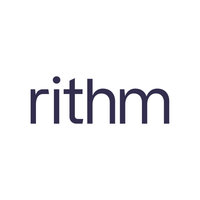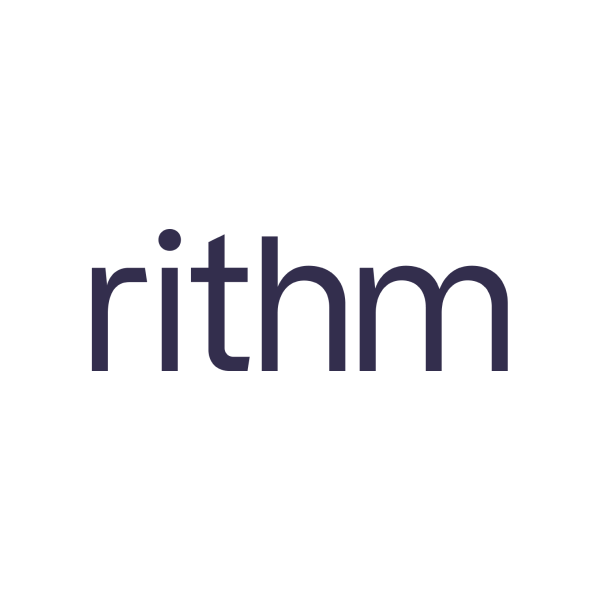
Rithm Capital Corp
NYSE:RITM


| US |

|
Johnson & Johnson
NYSE:JNJ
|
Pharmaceuticals
|
| US |

|
Berkshire Hathaway Inc
NYSE:BRK.A
|
Financial Services
|
| US |

|
Bank of America Corp
NYSE:BAC
|
Banking
|
| US |

|
Mastercard Inc
NYSE:MA
|
Technology
|
| US |

|
UnitedHealth Group Inc
NYSE:UNH
|
Health Care
|
| US |

|
Exxon Mobil Corp
NYSE:XOM
|
Energy
|
| US |

|
Pfizer Inc
NYSE:PFE
|
Pharmaceuticals
|
| US |

|
Palantir Technologies Inc
NYSE:PLTR
|
Technology
|
| US |

|
Nike Inc
NYSE:NKE
|
Textiles, Apparel & Luxury Goods
|
| US |

|
Visa Inc
NYSE:V
|
Technology
|
| CN |

|
Alibaba Group Holding Ltd
NYSE:BABA
|
Retail
|
| US |

|
3M Co
NYSE:MMM
|
Industrial Conglomerates
|
| US |

|
JPMorgan Chase & Co
NYSE:JPM
|
Banking
|
| US |

|
Coca-Cola Co
NYSE:KO
|
Beverages
|
| US |

|
Walmart Inc
NYSE:WMT
|
Retail
|
| US |

|
Verizon Communications Inc
NYSE:VZ
|
Telecommunication
|
Utilize notes to systematically review your investment decisions. By reflecting on past outcomes, you can discern effective strategies and identify those that underperformed. This continuous feedback loop enables you to adapt and refine your approach, optimizing for future success.
Each note serves as a learning point, offering insights into your decision-making processes. Over time, you'll accumulate a personalized database of knowledge, enhancing your ability to make informed decisions quickly and effectively.
With a comprehensive record of your investment history at your fingertips, you can compare current opportunities against past experiences. This not only bolsters your confidence but also ensures that each decision is grounded in a well-documented rationale.
Do you really want to delete this note?
This action cannot be undone.

| 52 Week Range |
10.12
11.94
|
| Price Target |
|
We'll email you a reminder when the closing price reaches USD.
Choose the stock you wish to monitor with a price alert.

|
Johnson & Johnson
NYSE:JNJ
|
US |

|
Berkshire Hathaway Inc
NYSE:BRK.A
|
US |

|
Bank of America Corp
NYSE:BAC
|
US |

|
Mastercard Inc
NYSE:MA
|
US |

|
UnitedHealth Group Inc
NYSE:UNH
|
US |

|
Exxon Mobil Corp
NYSE:XOM
|
US |

|
Pfizer Inc
NYSE:PFE
|
US |

|
Palantir Technologies Inc
NYSE:PLTR
|
US |

|
Nike Inc
NYSE:NKE
|
US |

|
Visa Inc
NYSE:V
|
US |

|
Alibaba Group Holding Ltd
NYSE:BABA
|
CN |

|
3M Co
NYSE:MMM
|
US |

|
JPMorgan Chase & Co
NYSE:JPM
|
US |

|
Coca-Cola Co
NYSE:KO
|
US |

|
Walmart Inc
NYSE:WMT
|
US |

|
Verizon Communications Inc
NYSE:VZ
|
US |
This alert will be permanently deleted.
 Rithm Capital Corp
Rithm Capital Corp
Rithm Capital Corp
Investor Relations
Rithm Capital Corp., once part of the storied lineage of Fortress Investment Group, has emerged as a formidable player in the capital markets, specializing in the management and syndication of real estate investment assets. Crafted through a blend of strategic acquisitions and shrewd management of its mortgage-servicing rights (MSRs), the company thrives at the intersection of real estate finance and asset management. Rithm’s business model capitalizes on the revenue streams inherent in managing and securitizing a wide range of mortgage products, extending its reach across the residential, commercial, and consumer real estate landscapes. Its portfolio is characterized by a robust mix of loans and properties, generating income through interest, servicing fees, and the strategic sale of these assets.
What sets Rithm apart is its dynamic approach to navigating the ever-changing currents of the real estate market. The company leverages its extensive network and expertise to anticipate economic shifts, adapting its strategies to maximize returns while minimizing risks. By reallocating its capital in response to changes in interest rates and housing demand, Rithm effectively hedges against market volatility. This adaptability not only ensures revenue stability but also provides the potential for growth through fluctuations in the housing and credit markets. Through disciplined execution and innovation, Rithm Capital Corp. continues to solidify its position as a key player in the real estate investment sector.

Rithm Capital Corp., once part of the storied lineage of Fortress Investment Group, has emerged as a formidable player in the capital markets, specializing in the management and syndication of real estate investment assets. Crafted through a blend of strategic acquisitions and shrewd management of its mortgage-servicing rights (MSRs), the company thrives at the intersection of real estate finance and asset management. Rithm’s business model capitalizes on the revenue streams inherent in managing and securitizing a wide range of mortgage products, extending its reach across the residential, commercial, and consumer real estate landscapes. Its portfolio is characterized by a robust mix of loans and properties, generating income through interest, servicing fees, and the strategic sale of these assets.
What sets Rithm apart is its dynamic approach to navigating the ever-changing currents of the real estate market. The company leverages its extensive network and expertise to anticipate economic shifts, adapting its strategies to maximize returns while minimizing risks. By reallocating its capital in response to changes in interest rates and housing demand, Rithm effectively hedges against market volatility. This adaptability not only ensures revenue stability but also provides the potential for growth through fluctuations in the housing and credit markets. Through disciplined execution and innovation, Rithm Capital Corp. continues to solidify its position as a key player in the real estate investment sector.





























 You don't have any saved screeners yet
You don't have any saved screeners yet
